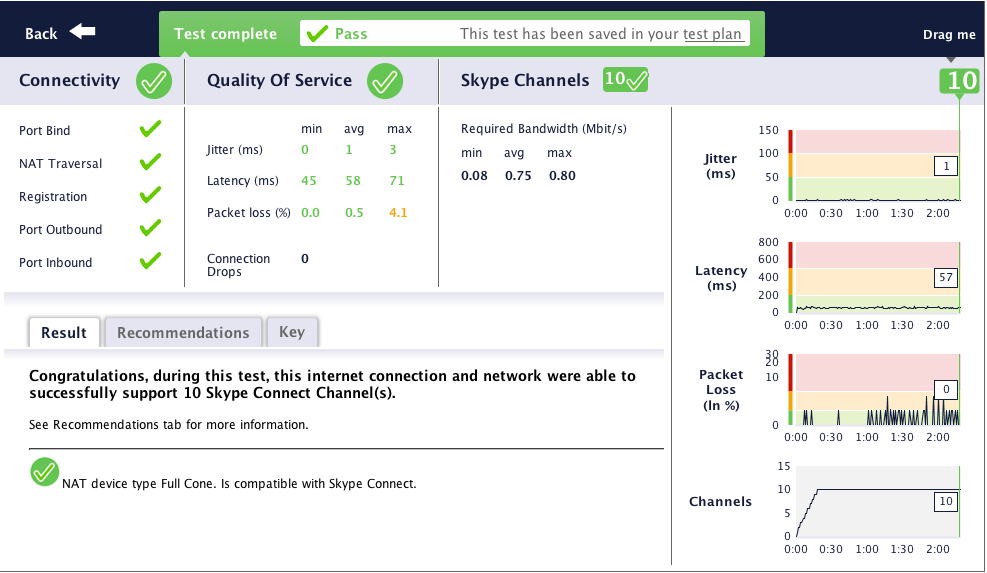The term “QoS” is used ambiguously. The two main categories of definition are first, QoS Provisioning: “the capability of a network to provide better service to selected network traffic,” which means packet prioritization of one kind or another, and second more literally: “Quality of Service,” which is the degree of perfection of a user’s audio experience in the face of potential impairments to network performance. These impairments fall into four categories: availability, packet loss, packet delay and tampering. Since this sense is normally used in the context of trying to measure it, we could call it QoS Metrics as opposed to QoS Provisioning. I would put issues like choice of codec and echo into the larger category of Quality of Experience, which includes all the possible impairments to audio experience, not just those imposed by the network.
By “tampering” I mean any intentional changes to the media payload of a packet, and I am OK with the negative connotations of the term since I favor the “dumb pipes” view of the Internet. On phone calls the vast bulk of such tampering is transcoding: changing the media format from one codec to another. Transcoding always reduces the fidelity of the sound, even when transcoding to a “better” codec.
Networks vary greatly in the QoS they deliver. One of the major benefits of going with VoIP service provided by your ISP (Internet Service Provider) is that your ISP has complete control over QoS. But there is a growing number of ITSPs (Internet Telephony Service Providers) that contend that the open Internet provides adequate QoS for business-grade telephone service. Skype, for example.
But it’s nice to be sure. So I have added a “QoS Metrics” category in the list to the right of this post. You can use the tools there to check your connection. I particularly like the one from Voxygen, which frames the test results in terms of the number of simultaneous voice sessions that your WAN connection can comfortably handle. Here’s an example of a test of ten channels:


Thanks – useful information